How to Choose Between a Single-Story and Two-Story House

Purchasing a home is a pretty big financial step, so there are many important choices to be made. The choice that usually holds the greatest dilemma among homebuyers is the one between a single-story and two-story house. The thing is, there’s no clear-cut answer to which is the better investment. This depends on a number of factors such as the location and local real estate market, but in the end, it all comes down to your personal taste and specific needs.
Both options have their benefits and drawbacks, so it’s a question of individual preferences. We’re gonna walk you through the pros and cons, addressing every important aspect so you can reach a final decision, filtering these through your personal needs.
Control Over Floor Plans
Space is probably the biggest advantage of two-story houses since there is enough of it for living areas, bedrooms, studies, outdoor rooms, and storage. You don’t have to utilize space from the back or front yard since you’re maximizing the footprint by going vertical. But two-story houses also offer more control over your floor plans, since you can place the living areas on one level and all your bedrooms on the other. This control is especially important if there are different generations under one roof, or if you regularly have guests overnight. You are also left with larger usable outdoor space since the house will take up less space on the lot. Just keep in mind that, while two-story houses offer much greater control over the flooring arrangement, single-story ones have an advantage of more uninterrupted living space since there’s no need for staircases.
The WHOLE Financial Picture
Since the roof and foundation of two-story homes are typically smaller than those of single-story ones, they cost less per square foot. A lot of people get carried away by this fact, forgetting that the actual purchase is just a starting point of expenses, followed by years of maintenance. This is why it’s crucial to understand how home loans work to make sure you’ll be able to keep up with ongoing costs and responsibility. Then maybe you’ll decide it’s better to pay the bigger purchase cost for the less pricey maintenance of single-story houses. When you live on one floor, everything is localized, from spring cleaning and exterior work to heating repairs and plumbing. Two-story houses not only have extra room to cool and heat – which automatically increases your power bills – but it’s also harder to regulate temperature when you have more than one level. You’ll inevitably lose some of the natural airflow and lighting, meaning that making two stories energy-efficient is certainly more expensive.
Privacy
Two-story houses certainly offer more privacy than single-story ones simply because having the bedroom on the second floor means you don’t have to worry if the blinds or curtains are drawn. Alternatively, if you were in a single-story dwelling, and you happen to forget to do this, you can pretty easily expose your private life to the whole neighborhood or passersby. On the other hand, while two stories can prevent the prying eyes of strangers, they can easily make you the victim of the noises from other occupants. For example, if your bedroom is located directly above the family room, the sound of someone watching TV downstairs could easily travel upstairs and turn your night into a sleepless one. Not to mention squeaking sounds if you have a restless night owl under your roof. Note that this doesn’t mean every two-story house will have noise issues, but you should be prepared to apply some soundproofing if necessary.
Safety
If we’re talking about potential outside threats such as burglars, two-story houses definitely take the lead. You can easily leave windows open on the second floor throughout the night for some fresh air circulation since it’s pretty hard for intruders to put up a ladder without anyone noticing. Needless to say, windows on a single-story are much more vulnerable to entry.
But we shouldn’t neglect the potential safety issues already lurking inside, such as stairs. If you have elders living with you, stairs will not only be hard for them to negotiate due to possible knee or hip problems, but there’s also a constant danger of falling. The same goes for young children since it’s quite easy for them to slip and fall. Installing gates at the bottom and top of the stairs is an efficient precaution, but you should never underestimate the curiosity and determination of a child.
In the end, there are extreme situations such as natural disasters – earthquakes, tidal flooding, tornadoes, etc. If you’re certain that your area isn’t prone to such weather-related hazards, keep in mind that there’s always a possibility of manmade disasters, such as fire, and that it can happen to anyone. The point is that you should be able to evacuate your house efficiently and quickly under any circumstances, which tends to be easier if you have only one level to navigate.
Just as we’ve said, there are benefits and downfalls to both. Now it’s time to filter them through your personal preferences, needs, and expectations. Just keep in mind that you may choose to stay for the long haul, so look at these potential advantages and disadvantages with an outlook towards the future and what it might bring. Good luck!
Author: Bethany Seton is a real estate agent from Melbourne. For the last two years, she decided to leave her office job and follow her passion for writing and traveling. Currently, she travels with her laptop and writes for various blogs, hoping one day she will gather all the experience she gets in one book.


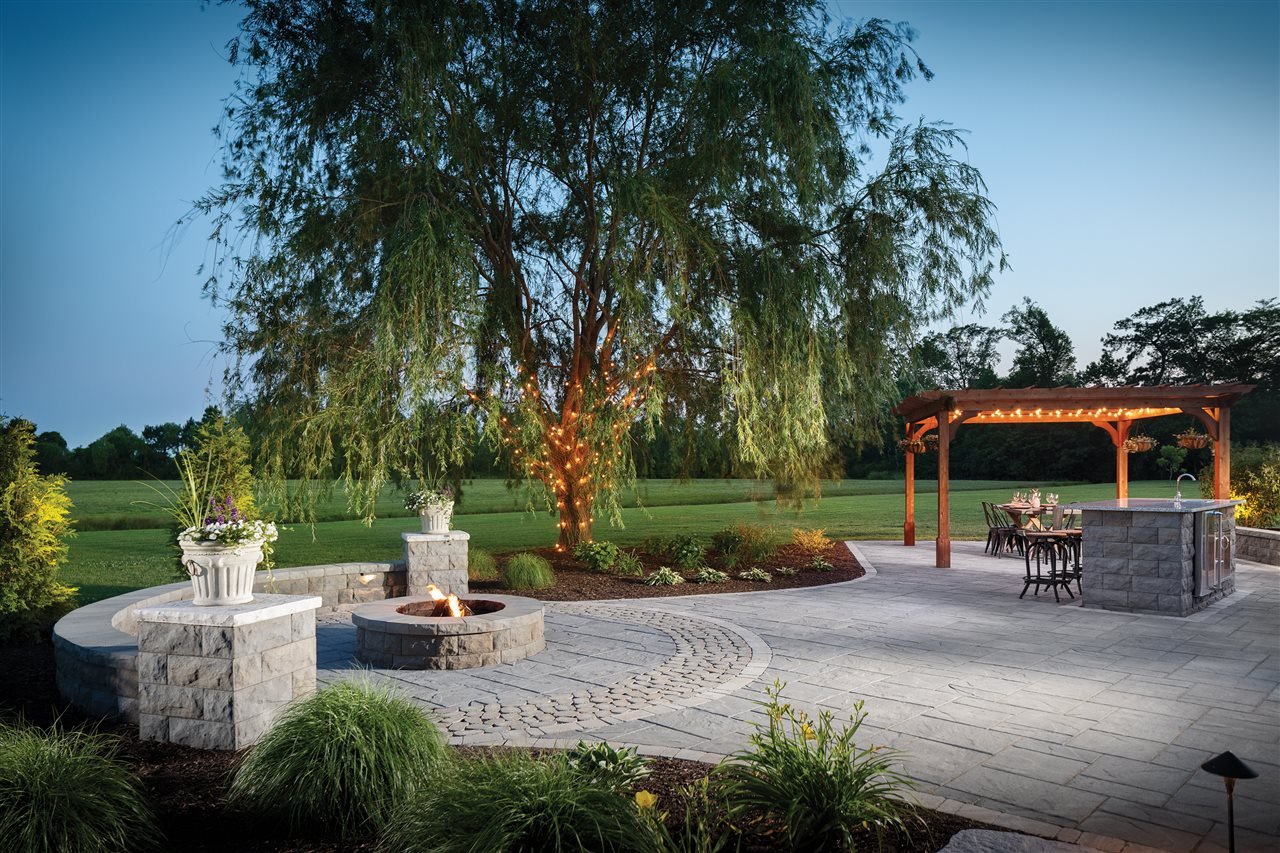

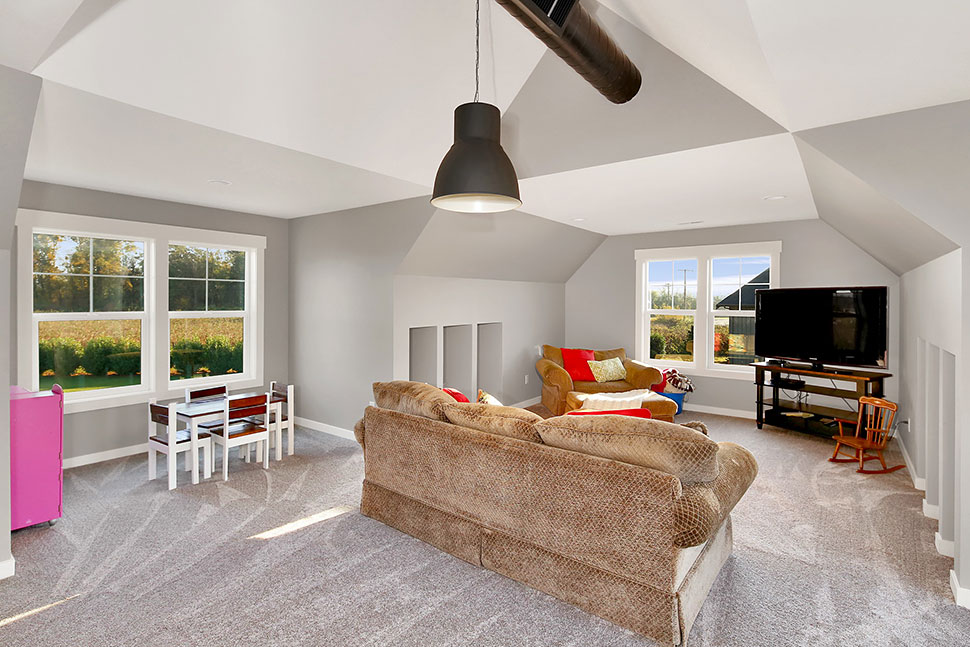
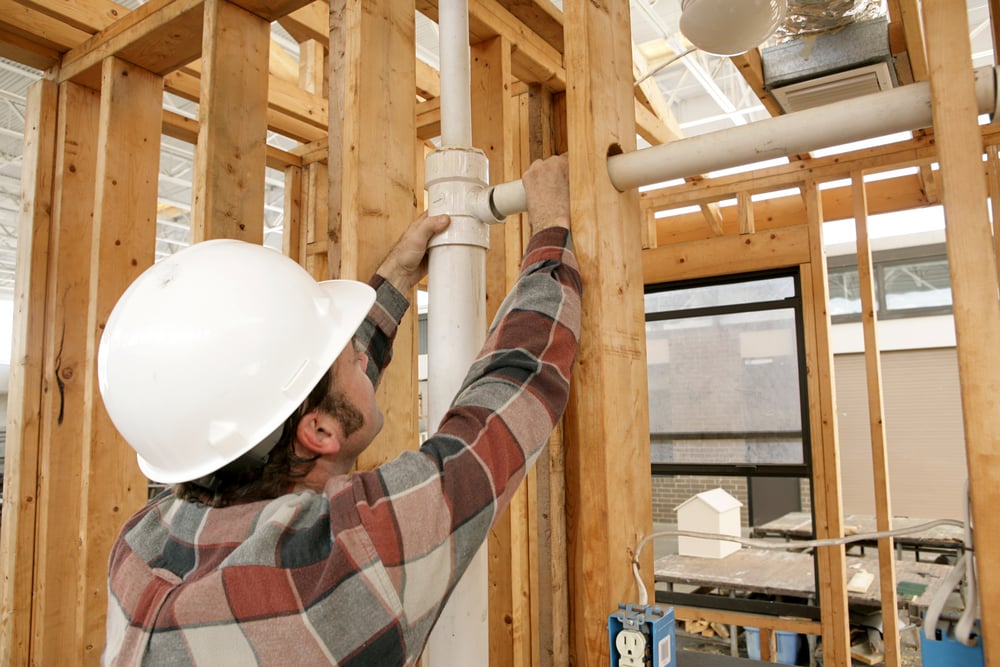

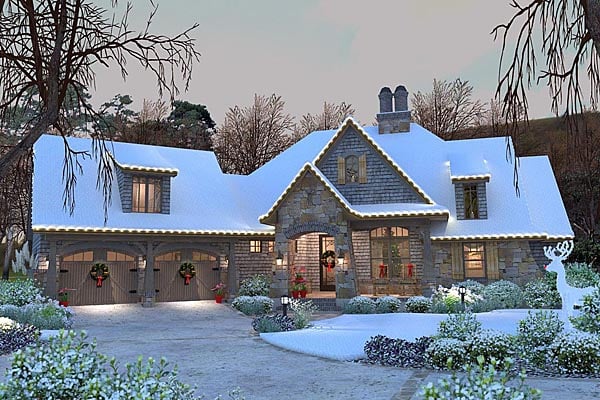
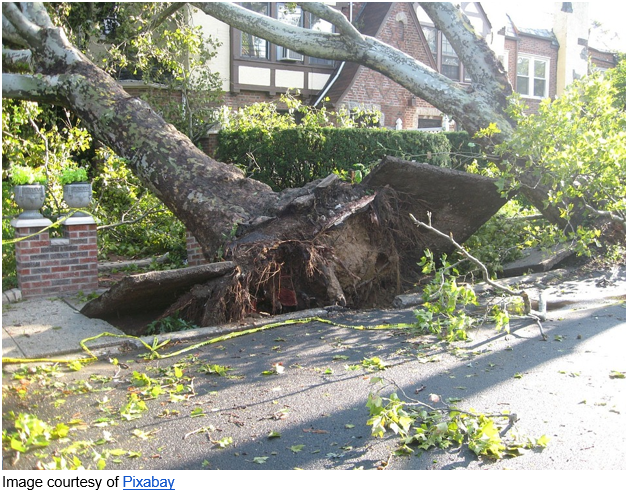

Leave a Reply